Ten Manga and Anime Artists Who Nearly Worked Themselves to Death
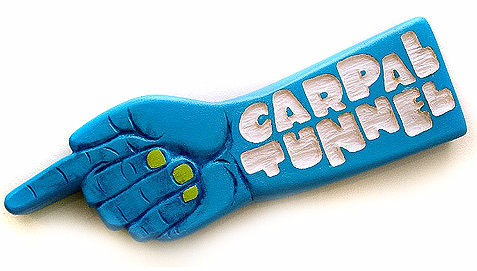 |
Becoming a published manga artist or anime director is, in the Otaku circles, akin to royalty. And if you’re lucky, you can parlay your Otaku cred to big-time fame and success. Rumiko Takahashi (Inuyasha, Ranma 1/2), for example, still remains one of the richest and most successful manga authors – nay, comic book artists – in the world. But, as with all things, there’s a catch.
Perhaps you’re familiar with the stereotype of the Japanese Work Ethic? You know, the one where individuals are expected to work over 12-hour days, sleep at their office, and slavishly devote themselves to workaholism?
That’s all just a misbegotten stereotype, of course, but there is a certain problem in the manga and anime industry, especially if you’re lucky enough to work for one of the major weekly manga magazines like Shonen Jump. In those instances, you (and however many assistants you can afford) are tasked with creating up to 20 pages each and every week that need to be fully written, drawn, inked and edited. And that’s once a week, every week, full stop, no breaks, no holidays, nothin’.
Suffice to say that the pressure is on, and sometimes, people… crack. In fact, in the Shonen Jump “making-of-manga manga” Bakuman, there’s an entire storyline that tackles what happens when deadlines mount and the artists simply overwork themselves. Here are ten manga and anime artists who nearly worked themselves into an early grave!
10) CLAMP
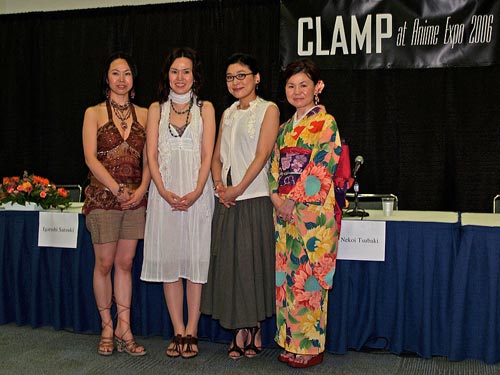 |
Of course, a good way to alleviate some of the stress that comes from working on several high-profile, serialized manga titles is to share the load a little bit, and that’s always been a part of the once highly-secretive female comic artist collective known as CLAMP, creators of such finely stylized pop-culture weirdness as X, Cardcaptor Sakura, and Chobits..
CLAMP started out in the ’80s as a fan-based independent “doujinshi” group (self-published comics, in other words) that contained a whopping 11 members; since 1993, the CLAMP brand has dropped down to four. No worries, though, because at least four members is better than just one, right?
Sure! Until 2011, when one of their members is experiencing sharp and immense pain in her lower back. Turns out, she has a rather severe lumbar compression fracture,, all thanks to the many hours hunched over a chair, straining her lower back, drawing like a madwoman.
CLAMP then issued a statement that they were letting the poor girl go for a half a year in order to recuperate, and the remaining members were going to be taking things a little bit easier, which meant some delays, and a few less pages per chapter, so that the other CLAMP artists also didn’t end up working so hard and long that their bones cracked apart.
9) Katsura Hoshino
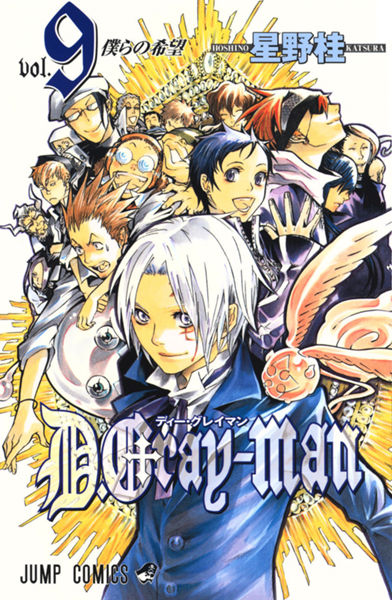 |
A lot of the time, the manga industry is especially harsh on new talents; eager for another hit, the endless manga mill is eager to devour as much content as physically possible, and young, eager artists are all too content to toss themselves into the fray, initially unaware of the daunting task that lays in front of them.
Witness, then, Katsura Hoshino, who scored a big hit in Shonen Jump in 2004 with D.Gray-man, a lushly illustrated supernatural action series filled with big battles and wacky pseudoscience. Shonen Jump means you’ve hit the big time, and indeed, D.Gray-man has been published all over the world, spawned video and card games, an animated series and reams of merchandise.
The cost? Hoshino has had to take no fewer than four times off, including once when she contracted the nonovirus, an unspecified neck injury, and lots of swirling rumors about anemia, shattered wrists and other such frailties.
Despite this, D.Gray-man is still running to this day, though thankfully, perhaps in consideration to Hoshino’s ailing health, the series made the switch from weekly serialization to monthly in 2009. Here’s to your continued success and ability to work and not die, Katsura Hoshino!
8) Shoko Conami
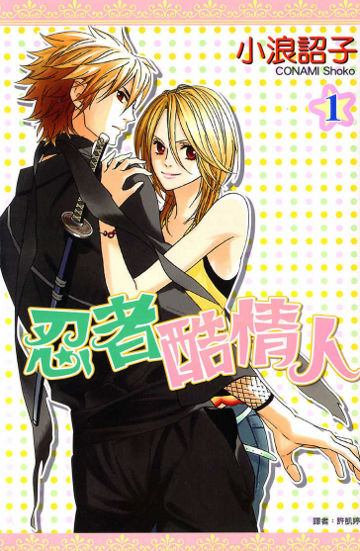 |
Sometimes, though, even monthly deadlines can prove to be near-fatal exercises. Witness the plight of Shoko Conami, a female manga artist responsible for Shinobi Life – released by Tokyopop when they still released things – and currently writing and drawing Shikabane Cherry for the manga magazine Monthly Princess.
Late last year, Conami got a one-two-three punch of terrible, life-altering news: initially hospitalized for “extreme anemia,” Conami then suffered a god damn heart attack a few days later. A month later, still in the hospital, Conami underwent surgery for endometrial cancer.
Just in case you’re ever feeling a little bit down on yourself or cursing your rotten luck, just remind yourself; at least you haven’t suffered a heart attack that led straight into cancer surgery. That’s one hell of a month. On the upside, Shikabane Cherry resumed publication last February, and Conami has, all reports indicate, been a picture of health.
7) Nabeshin
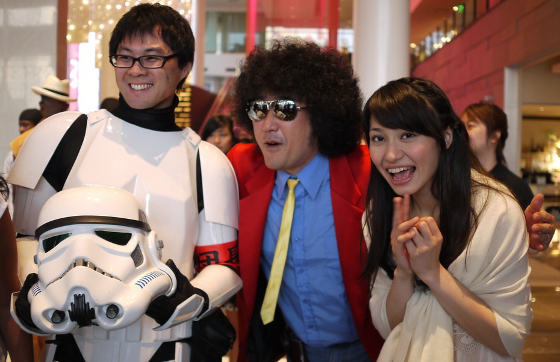 |
“Hey, Brian!” You yell from your computer screens. “This list CLEARLY states ‘Manga and Anime artists,’ but all you’re writing about so far is MANGA ARTISTS!” I was just getting there, you impatient turd!
The animation industry is also completely dependent on heavy, soul-crushing deadlines, and there’s certainly been no shortage of people collapsing on their desks from working 48-hours straight and so forth; let’s look at famed anime director Shinichi Watanabe, more fondly known by his pen-name and animated alter-ego, Nabeshin.
Most westerners are probably familiar with Nabeshin’s completely wacko bonkers anime adaptation of Excel Saga, an anarchic ensemble of insane gags and in-jokes that, coincidentally, features a side character who violently suffers from anemia, and is frequently seen covered in her own blood. Nabeshin basically lives his own life like an anime character, frequently seen in public sporting his red Lupin III jacket and giant afro. In other words, the guy is cool.
Cool or not, a year ago, Nabeshin suffered from a heart attack. True to his spirit, though, Nabeshin was back on his feet and traveling the globe after a mere two months in order to attend Anime Boston as a Guest of Honor. Once more, this guy is cool.
6) Satoshi Kon
 |
Glibness aside, sometimes, people aren’t so lucky when it comes to health issues. Not to turn things into a huge bummer here, but considering the topic, I’d be remiss if I didn’t mention the sad affair that was the all-too-soon demise of one of the film community’s brightest directors, Satoshi Kon.
If you haven’t yet seen any of Kon’s films, well, stop reading this right now and plan a weekend to catch up on Perfect Blue, Millennium Actress, Paranoia Agent, Tokyo Godfathers, and Paprika. Then come back to this so you can feel as sad and distraught as the rest of us.
While prepping his followup to Paprika at animation studio MADHOUSE, the 46-year old auteur got some terrible news: pancreatic cancer had metastasized in his bones, and he had half a year to live, at most. According to this heart-rending translation of Kon’s last words, rather than rage against the dying of the light, the man proudly and confidently went about his final wishes and put most of his personal affairs in order. He died three years ago, last August.
Though Kon left a litany of classic films and TV series to his credit, the true shame is that the film he was constructing – tentatively called Dreaming Machine – has been left floundering. MADHOUSE president Masao Maruyama is “working hard” to get the film finished and released within five years of his passing,, but finding the necessary funding to finish a genius animator’s final film continues to elude them. Isn’t this why stuff like Kickstarter was created? Anyway…
Now that we’ve got the Big Bummer out of the way, read on for (slightly) happier tales of ill health!
5) Tetsuo Hara
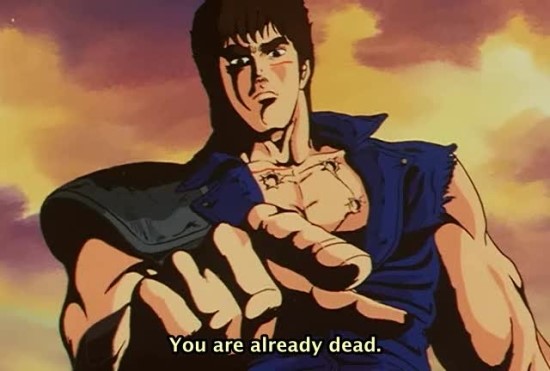 |
“You are already dead!”
Chances are, if you’re a well-versed nerd, you know where that line comes from. In 1983, a 20-something Tetsuo Hara turned the otherwise lighthearted and escapist Weekly Shonen Jump into a scary, desolate, superviolent wasteland, where mountainous mutant humans in Mad Max outfits are felled in spectacularly bloody ways by Kenshiro, the last beacon of truth and justice in this ruined world. Fist of the North Star only ran for about six years, but that obviously led to an array of popular animated series, a major motion picture put out by Streamline in the ’90s that kids like me snuck past their parents at Blockbuster Video, direct-to-video sequels, and all that jazz.
Tetsuo Hara is still cranking out weekly comics after all these years; since 2001, Hara has been hard at work on a Fist of the North Star prequel, called Fist of the Blue Sky. The rub? Well, nearly 30 solid years of writing weekly comics surely has its downsides, and Hara suffers from a degenerative eye disease known as keratoconus, leaving him blind in one eye. Still, in true badass fashion, rather than surrender his work to assistants, Hara continues drawing nearly every scene himself.
Of course, his assistants always have to clean up his drawings to make up for errors in perspective caused by his one-eye blindness, but God bless the bastard for the temerity to keep cranking out his violent kung-fu comics.
4) Go Nagai
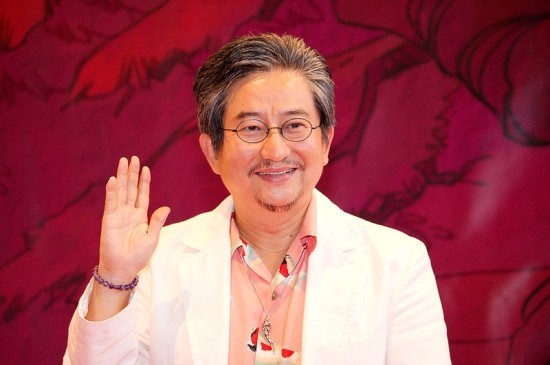 |
Yet another Certified Manga Badass, Go Nagai has been instrumental in developing and popularizing a ton of genres that are now synonymous with anime and manga: giant robots (Mazinger Z), ultraviolence (Violence Jack), transforming naked magical girls (Cutey Honey), and of course, sideburns.
Unlike Tetsuo Hara, though, Go Nagai’s health issues started quite early in his career, as he was studying hard in school and dabbling in manga in his free time. After contracting colitis, Nagai, fearing his mortality, took it upon himself to make the most of whatever life he had left. He promptly quit school and devoted himself to manga full-time, drifting around in various states of unemployment and bankruptcy until he was picked up by the manga magazine Shonen Sunday, having caught the eye of Gigantor creator Shotaro Ishinomori.
That was in 1967; in 2013, Go Nagai is still kickin’, content to relax and enjoy his long life of voluminous output and casually show up randomly in live-action productions for varying reasons. Praise the lord for Go Nagai’s early butt disease, for it gave us all the chance to experience his insane and ridiculous things.
3) Tomoko Ninomiya
 |
Moving on from the deliberate excess of crassness of Go Nagai, here we have the delicate, layered work of Tomoko Ninomiya. Her manga Nodame Cantabile is a charming-as-all-Hell slice of life drama about two aspiring classical musicians, and their lives and loves and hopes and dreams are splayed out for all of us to devour. It’s won the prestigious Kodansha Manga Award and is a perennial example of how comics can appeal to all ages and genders.
Course, the big joke for anyone who either writes or draws for a living is that we’re soon going to painfully suffer from severe Carpal Tunnel Syndrome. Fortunately for me, jerks, I’ve been writing for over ten years and my wrists are as good as ever! Hah! Unfortunately for Ninomiya, that’s exactly what happened; around the time that she was pregnant with her first child, she announced that Nodame Cantabile was taking a break because, y’know, not only was she having a baby, also her wrists were probably about to shatter and collapse into cartoonish dust.
Once her leave of absence resulted in a healthy baby and a fully recovered wrist, in 2009, Ninomiya was hospitalized due to “acute appendicitis.” Yipes.
2) Ai Yazawa
 |
If there’s any through-line that connects all these stories of death and misery, it’s this: not even a serious illness will keep a devoted manga artist down. Come Hell or High Water, they’ll keep drawing and working and writing with pen in hand until the bitter end!
Well, not always. Take Ai Yazawa: fashion school dropout and shoujo (“girls”) manga extraordinaire. Though she’d been a published manga artist since the mid-’80s, in 2000, Yazawa started work on two differing series that would drastically add an edgy element of sex, danger, and elegance to the shoujo genre – Paradise Kiss, and NANA. Paradise Kiss ran for five volumes, while NANA topped out on 21 volumes in 2009, although the story is still – infuriatingly – unfinished.
And that’s because Ai Yazawa suffered from an “unspecified illness” in June of that year, and was hospitalized until April 2010. That’s almost an entire dang year of being in the hospital. Yeesh, what happened?
Who knows, but we do know that Yazawa has gone on record stating that she has “not gripped a pen” since her illness. That attitude, plus the complete secrecy about the nature of her illness, has been driving her ardent fans batshit crazy for a solid three years now, and thus far, not a peep has been made either by Yazawa or her publisher regarding the fate of NANA. Time to move on, folks.
1) Eiichiro Oda
 |
If you wanted to make a pissing contest out of global popularity, you’d have a hard time measuring the massive global success of One Piece against nearly every other contemporaneous comic series around the world. Monkey D. Luffy and his Straw Hat Crew currently make billions of dollars in merchandise, their yearly movies regularly top the Japanese box office, theme park attractions are packed to the gills, and every one of its 70 volumes (!!!!!) has sold bajillions of copies.
Still, in the midst of all this success, creator Eiichiro Oda is finally willing to take a break. Or, rather, he had to, because of complications from tonsillitis, which afforded him the luxury of a fortnight of solitude while recovering from a peritonsillar abscess. If anybody deserves a break, it’s Oda.
Course, the rumor mill going around is that Oda still can’t quite give up the urge to draw, even in a hospital bed. Jesus Christ, manga artists. Relax, you’re gonna give yourselves a heart attack! I mean, moreso.
Previously by Brian Hanson:
Twenty Things Shockingly Less Expensive Than Aniplex USA’s Gurren Lagann Blu Ray Set
Ten Weird And True Facts About Hatsune Miku
Ten Things I Knew I Could Find at Anime Expo (and Was Not Disappointed!)
